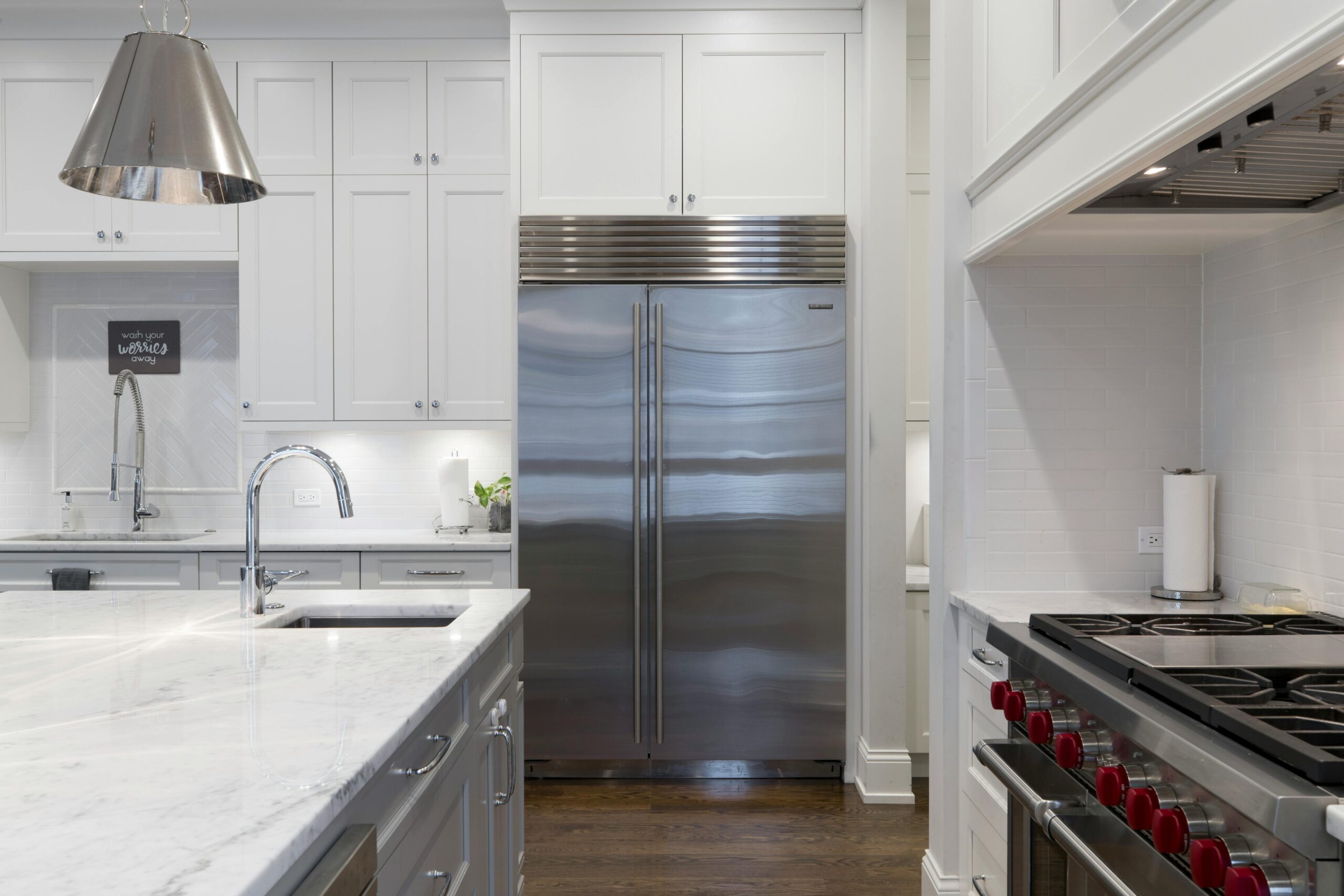The world of green building certifications can be overwhelming for homeowners and builders alike. These certification programs provide third-party verification that a building meets specific sustainability standards, but understanding their differences is crucial for making informed decisions. This comprehensive green building certifications guide will walk you through the most recognized programs including LEED, ENERGY STAR, and others, explaining what they measure, their benefits, and how they contribute to creating more sustainable, energy-efficient, and healthy living environments.
Understanding Green Building Certifications
Green building certifications serve as standardized frameworks that assess and recognize buildings designed, constructed, and operated with environmental responsibility in mind. These sustainable building standards evaluate various aspects including energy efficiency, water conservation, material selection, indoor air quality, and site development. By adhering to these standards, buildings not only reduce environmental impact but also create healthier spaces for occupants while often reducing operational costs over time. When searching for green-certified professionals for your next project, platforms like AskHomey can connect you with qualified builders who specialize in sustainable construction practices and understand these certification requirements.
LEED Certification: The Gold Standard
Leadership in Energy and Environmental Design (LEED) is perhaps the most widely recognized green building certification globally. Developed by the U.S. Green Building Council (USGBC), LEED evaluates buildings across several categories including sustainable sites, water efficiency, energy and atmosphere, materials and resources, and indoor environmental quality. LEED certified homes benefits extend beyond environmental impact, offering homeowners significant advantages such as reduced utility bills, higher property values, and healthier indoor living environments. The certification comes in four levels—Certified, Silver, Gold, and Platinum—with each tier representing progressively higher achievement in sustainable design and construction. For homeowners, LEED certification signals a commitment to quality construction and sustainable living, while providing tangible financial benefits through energy and water savings.
ENERGY STAR Homes Explained
The ENERGY STAR certification, administered by the U.S. Environmental Protection Agency (EPA), focuses specifically on energy efficiency. Unlike more comprehensive certifications, ENERGY STAR homes explained simply means that a home meets strict energy performance standards, typically 15-30% more efficient than standard homes. The certification process involves rigorous inspections and testing, including a blower door test to measure air leakage and thermal imaging to detect insulation gaps. These homes feature improved insulation, high-performance windows, energy-efficient heating and cooling systems, and ENERGY STAR-certified appliances. The primary benefit for homeowners is straightforward: lower utility bills and reduced carbon footprint. This certification is particularly attractive for budget-conscious consumers looking to make their first step into sustainable housing without the more extensive requirements of other certification programs.
Living Building Challenge: The Most Rigorous Standard
For those seeking the pinnacle of sustainable building standards, the Living Building Challenge (LBC) represents the most ambitious certification available today. Created by the International Living Future Institute, LBC goes beyond efficiency to demand regenerative buildings that actually improve their surroundings. The certification requires buildings to be net-positive for energy (producing more than they use), water self-sufficient, toxic chemical-free, and beautiful. Buildings must demonstrate performance over a full year before certification is granted. While challenging to achieve, LBC-certified structures represent the future of sustainable design, creating spaces that function as effectively as natural ecosystems.
Healthy Home Certifications: Focusing on Occupant Wellbeing
A relatively newer focus in green building certifications is specifically on occupant health. Programs like the WELL Building Standard and Fitwel evaluate built environments based on how they support human health and wellness. These healthy home certifications assess air quality, water quality, light, comfort, mind, and nutrition aspects of buildings. Features like enhanced ventilation systems, non-toxic building materials, biophilic design elements, and spaces that encourage physical activity are paramount. For families concerned about indoor air quality or those with respiratory conditions, these certifications provide valuable guidance when selecting a home that prioritizes health alongside sustainability.
Regional and Specialized Certifications
Beyond the major national programs, numerous regional and specialized green building certifications exist to address specific climates, building types, or sustainability focuses. Programs like Passive House focus intensely on creating ultra-efficient building envelopes, while the National Green Building Standard (NGBS) caters specifically to residential construction. Homeowners should research which certifications are most relevant to their region and priorities, as local programs often provide more targeted benefits for specific climates and building conditions.
Making Certification Decisions for Your Project
When considering green certifications for your building project, it’s important to align the certification with your priorities and budget. Each program comes with different costs, timeframes, and focuses. Consider what matters most—whether energy efficiency, water conservation, healthy materials, or comprehensive sustainability. Remember that partial implementation of green building practices still yields benefits even without full certification. The key is making informed decisions that balance environmental responsibility with practical constraints.
For more tips and to connect with reliable home service professionals, follow AskHomey on Facebook and Instagram.



